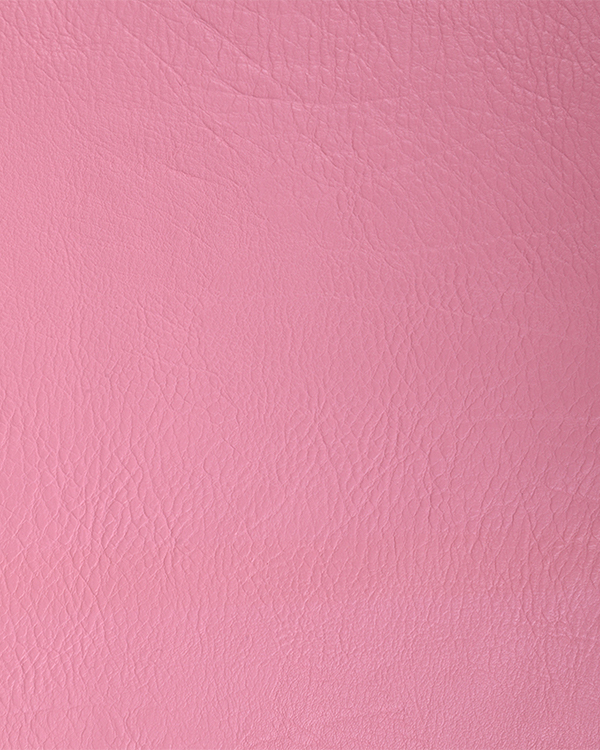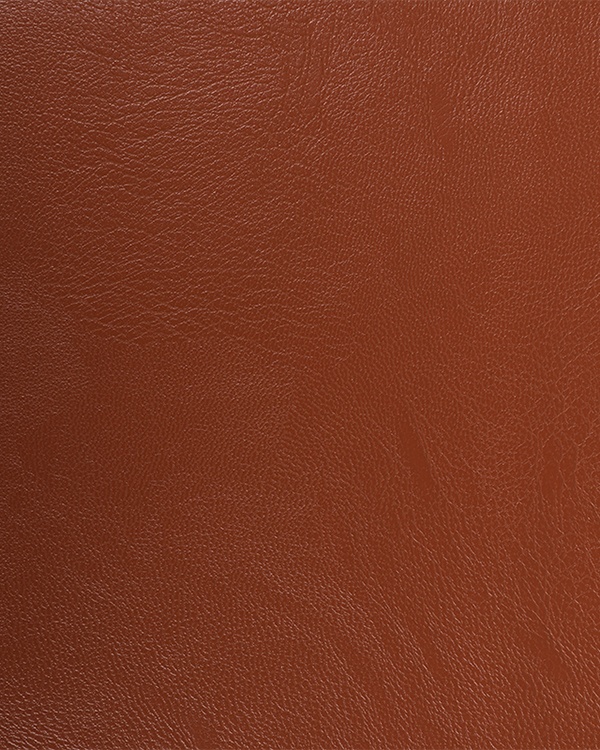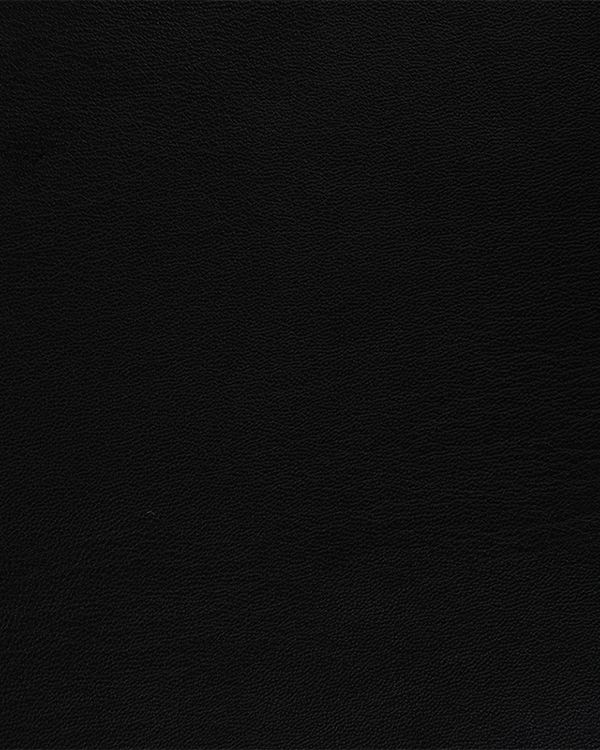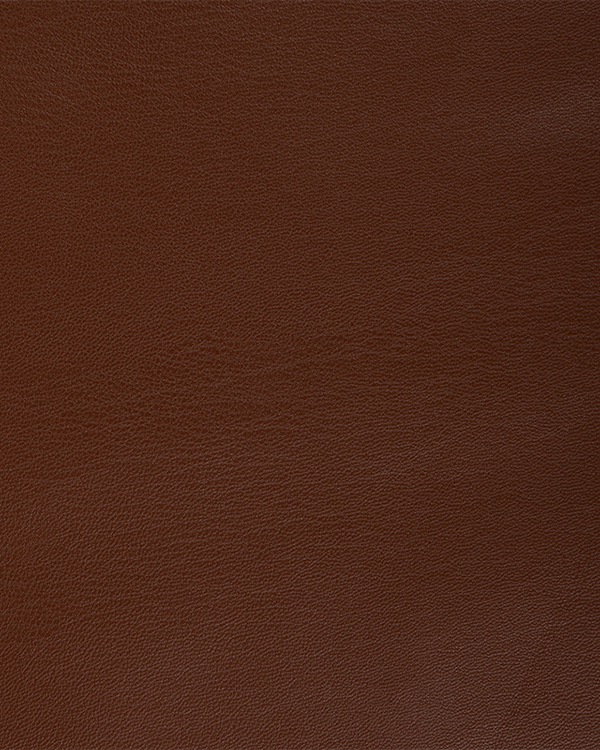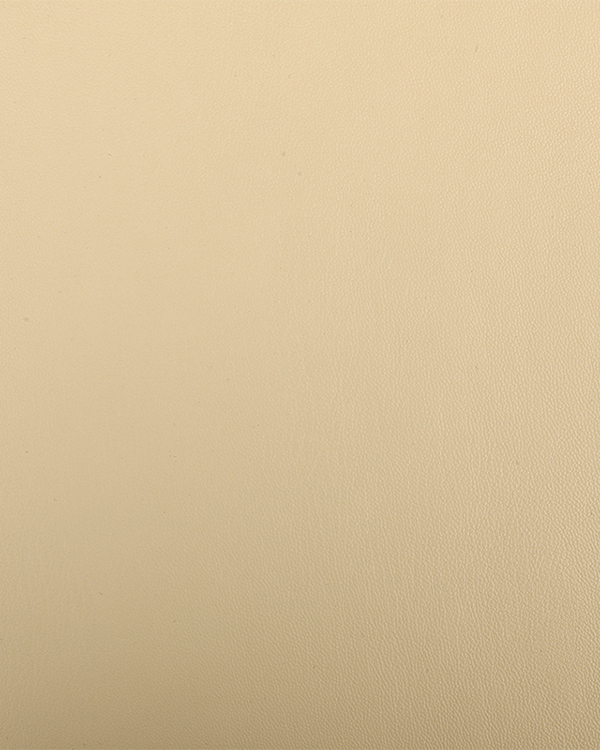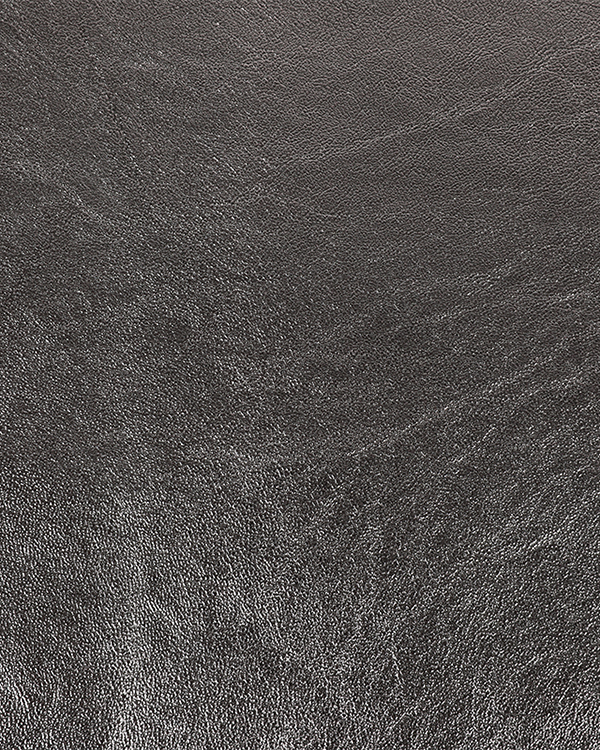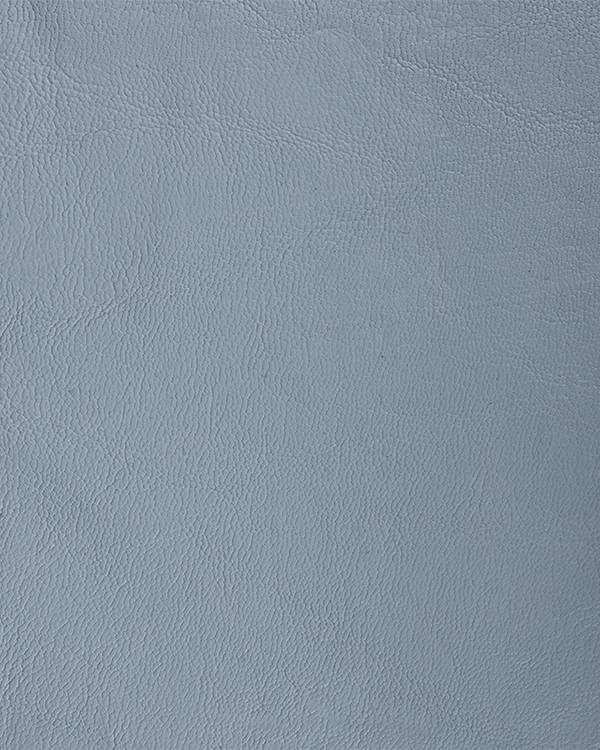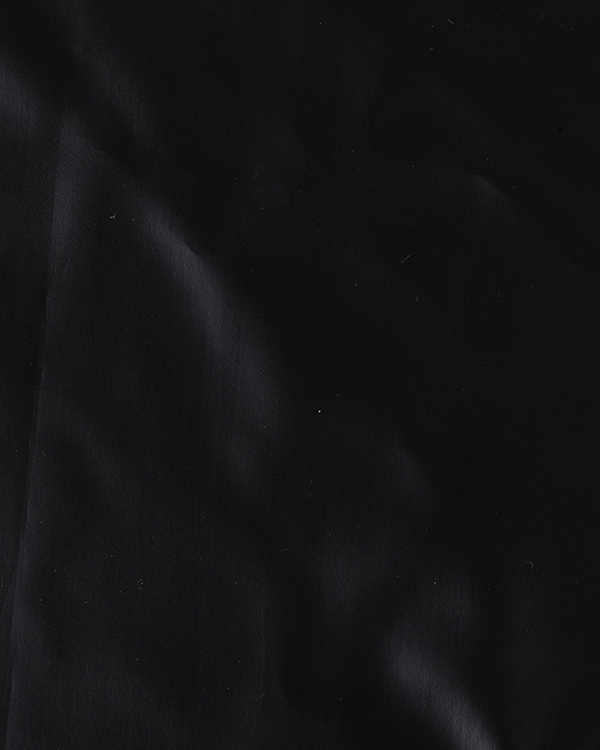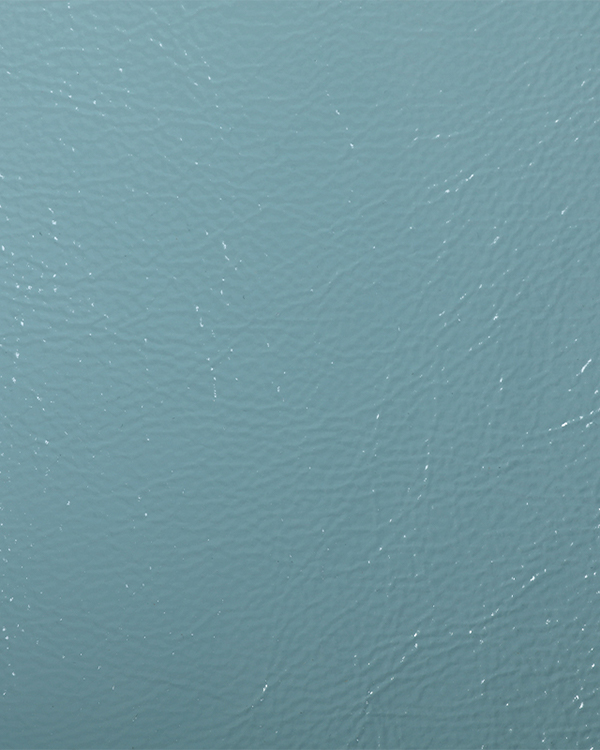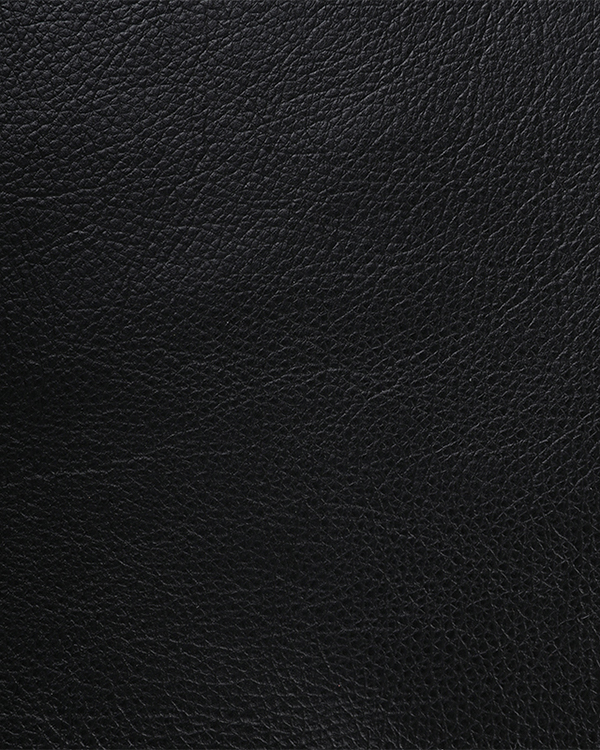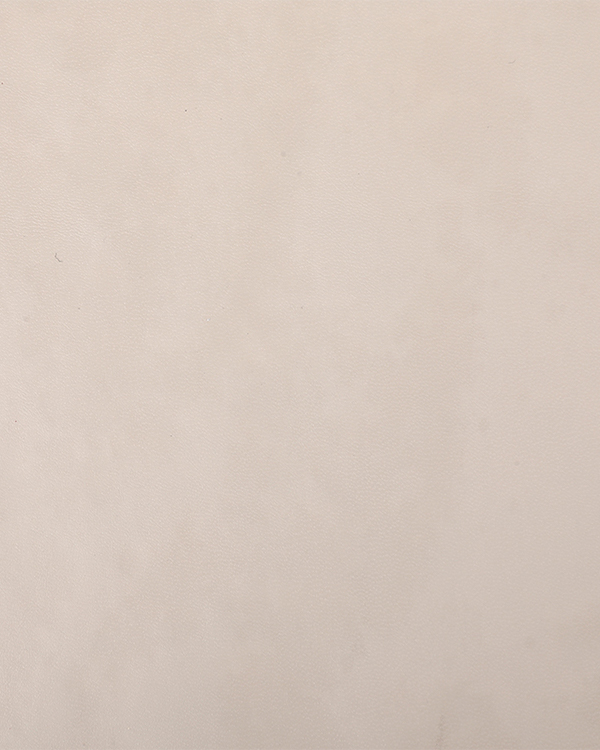Composite leather fabric, also known as synthetic leather or faux leather, is a type of material that is designed to mimic the look and feel of genuine leather. It is made by combining a fabric base with a synthetic coating or layer. Composite leather fabric can be classified into different types based on the specific manufacturing process, composition, and intended use. Here are some common classifications of composite leather fabric:
Polyurethane (PU) Leather: PU leather is one of the most popular types of composite leather fabric. It consists of a fabric base, typically made from polyester or cotton, coated with a layer of polyurethane. PU leather is known for its durability, flexibility, and water resistance. It is commonly used in furniture upholstery, automotive interiors, fashion accessories, and footwear.
Polyvinyl Chloride (PVC) Leather: PVC leather is another widely used type of composite leather fabric. It is made by applying a layer of polyvinyl chloride onto a fabric backing. PVC leather is known for its affordability, ease of maintenance, and resistance to wear and tear. It is commonly used in upholstery, handbags, wallets, and shoes.
Microfiber Leather: Microfiber leather is a type of composite leather fabric made from ultra-fine polyester or nylon fibers. These fibers are processed and woven together to create a fabric base, which is then coated with a layer of polyurethane or other synthetic materials. Microfiber leather is known for its softness, breathability, and resistance to stains and scratches. It is often used in furniture upholstery, automotive interiors, and high-end fashion products.
Suede Fabric: Suede fabric is a composite leather fabric that is designed to resemble the texture and appearance of natural suede leather. It is typically made by brushing or sanding the surface of a synthetic fabric, such as microfiber, to create a soft and velvety texture. Suede fabric is commonly used in fashion garments, accessories, and upholstery.
Bonded Leather: Bonded leather, also known as reconstituted leather, is a composite leather fabric made by combining scraps or fibers of genuine leather with a polyurethane binder. The mixture is then applied to a fabric backing to create a leather-like material. Bonded leather offers a more affordable alternative to genuine leather but may have a lower durability and lifespan.
These are some general classifications of composite leather fabric. Meanwhile,The production of composite leather fabric involves several steps, including coating or laminating a fabric base with a synthetic material to create a leather-like surface. The specific production process may vary depending on the type and manufacturer of the fabric, but here are the general steps involved in the production of composite leather fabric:
Fabric Selection: The process begins with selecting a suitable fabric base, which can be made of polyester, cotton, or other synthetic materials. The fabric should be chosen based on factors such as strength, durability, and desired texture.
Pre-treatment: The selected fabric undergoes pre-treatment to ensure proper adhesion and bonding with the synthetic coating. This may involve processes such as cleaning, scouring, and applying surface treatments or primers to enhance the fabric's bonding properties.
Coating or Lamination: In this step, the fabric base is coated or laminated with a synthetic material to create a leather-like surface. The synthetic material can be polyurethane (PU), polyvinyl chloride (PVC), or other suitable coatings. The coating or lamination process may involve techniques such as roller coating, spraying, or extrusion.
Curing or Drying: After the fabric base is coated or laminated, it goes through a curing or drying process to allow the synthetic material to solidify and adhere to the fabric. This can be achieved through heat treatment, air drying, or a combination of both, depending on the specific requirements of the synthetic material used.
Embossing or Texturing (Optional): Depending on the desired appearance and texture, the composite leather fabric may undergo an embossing or texturing process. This step involves applying pressure and heat to the fabric to create patterns, grain textures, or other desired surface effects that mimic the look and feel of genuine leather.
Finishing: After the coating, curing, and optional embossing steps, the composite leather fabric may undergo additional finishing processes. These processes can include treatments such as buffing, sanding, polishing, or applying protective coatings to enhance the fabric's appearance, durability, and functionality.
Quality Control: Throughout the production process, quality control measures are implemented to ensure that the composite leather fabric meets the desired standards. This includes inspecting the fabric for any defects, checking the bonding strength between the fabric and synthetic coating, and conducting various tests for properties such as tear resistance, abrasion resistance, and colorfastness.
Cutting and Packaging: The finished composite leather fabric is typically cut into rolls or sheets of the desired dimensions. It is then packaged and prepared for shipment or further processing by manufacturers, such as upholstery or fashion industries.
It's important to note that the specific production steps and techniques may vary depending on the manufacturer and type of composite leather fabric being produced. Advanced manufacturing processes and technologies may be employed to enhance the quality, aesthetics, and performance of the final product.



 English
English Español
Español
